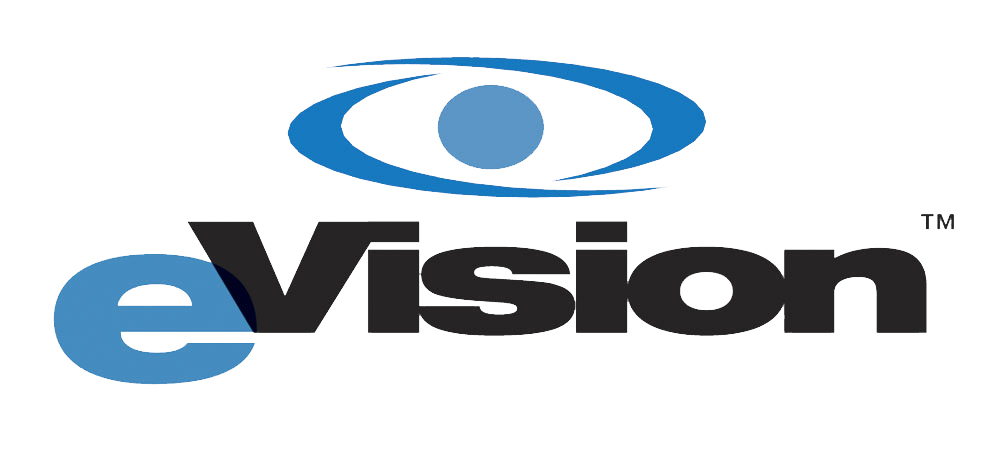eVision Optics, Empowering a World of Multiple Realities
The world of technology is advancing at a remarkable pace, due in part by a new consumer trend of early technology adopters in all age groups. As a global leader in vision based technologies and backed by hundreds of patents worldwide, eVision Optics is offering this overview to help clarify the key differences in each of the reality suites of technology based upon our scientific knowledge and the patents we offer for licensing in this growing field.
Types and physical location of reality devices for vision
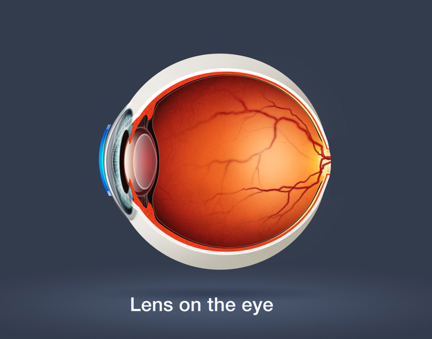
On the eye
Industry leaders have already seen the eVision ECL (Electronic Contact Lens), a contact lens that changes the focal length for the user in real time. The same power and on-board computer technology will soon be able to go to the next step and serve up electronic content as micro or even nano technology becomes mainstream.
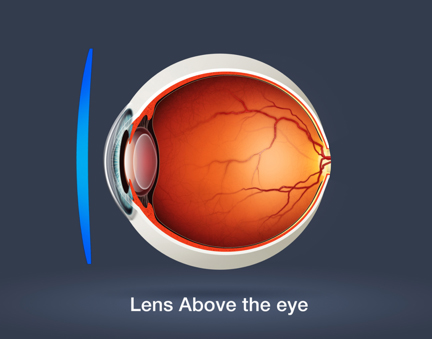
Above the eye
Many forms of above the eye reality devices are commercialized today, including goggles, frames, single oculars and more. Over the eye devices have an advantage of size and ease of use. Eyewear frames, safety glasses, helmet visors, dive helmets all can offer a great reality device platform with the added benefits of providing sound and communication interface to the end user.
The Powerful World of Reality Technologies
Exploring the terminologies of reality devices for vision
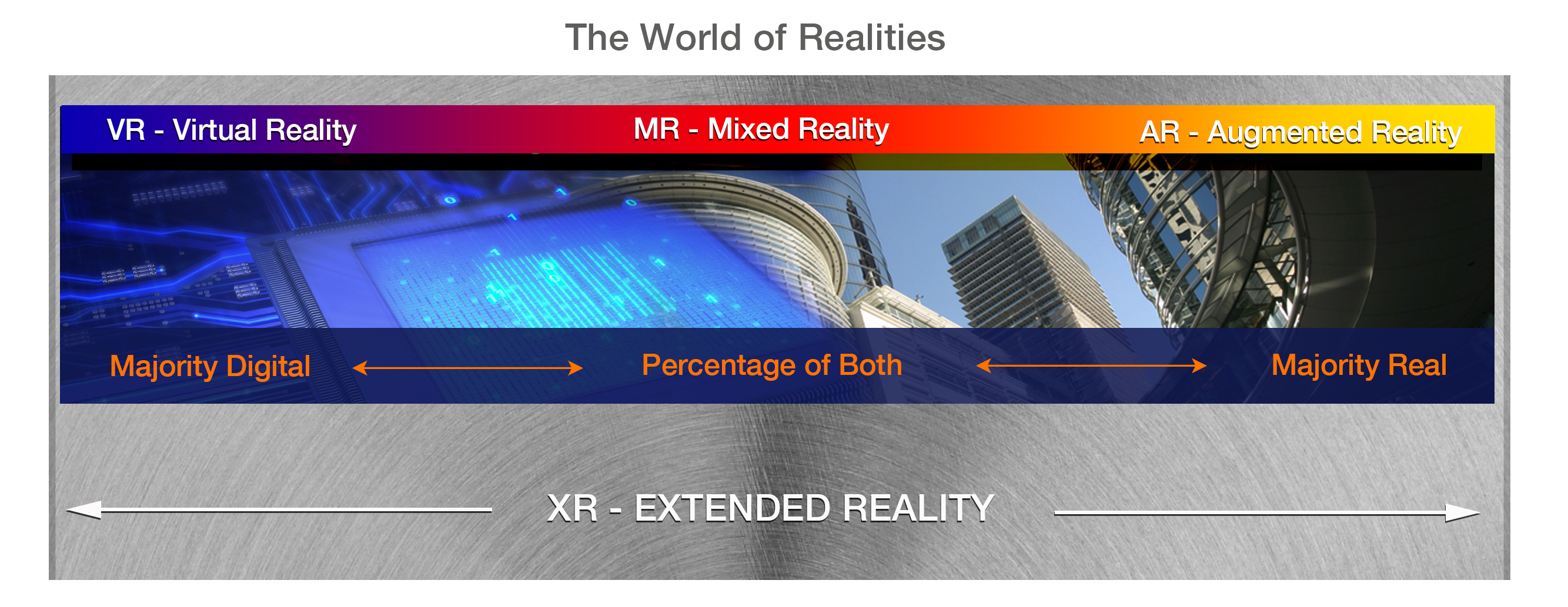
Extended Reality (All inclusive) XR
Extended Reality (XR) is the umbrella of all realities combined, if you combine XR (Extended Reality) to the senses we can also include patents (patent pending) for on board sound, image capture (Photos and Video) and silent alerts for the user with vibrations from eyewear frames or head gear devices.
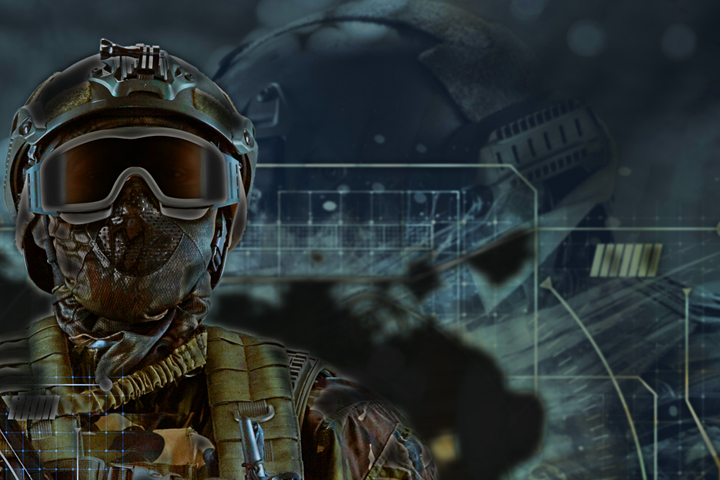
Extended Reality (All inclusive) XR
Extended Reality (XR) is the umbrella of all realities combined, if you combine XR (Extended Reality) to the senses we can also include patents (patent pending) for on board sound, image capture (Photos and Video) and silent alerts for the user with vibrations from eyewear frames or head gear devices.
Example: Military Headgear
Advantages, real-time data and information, quiet alerts or in-ear communication, microphone pick-up, navigation and status monitoring.
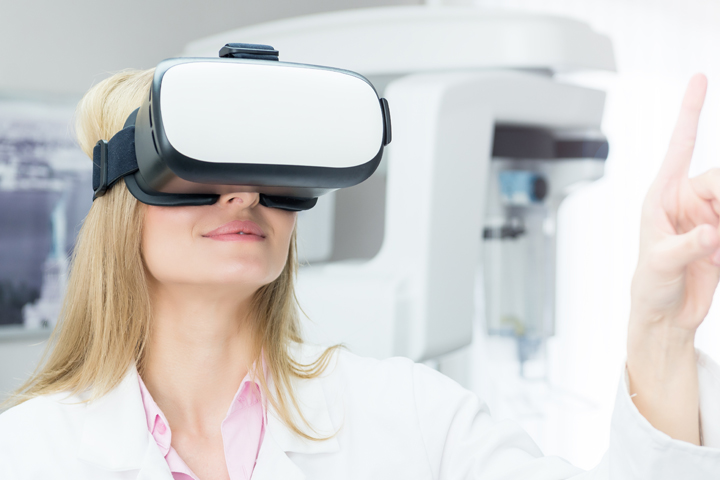
Virtual Reality (Completely Digital) VR
Virtual Reality (VR) is where all interaction is driven by digital visualization. Traditional use includes gaming and simulation, often with goggles encasing the wearer’s vision. Beyond gaming applications, goggles can provide private, secure communication and instructional content with the advantage of visualization without giving away location at night.
Example: Instruction
Virtual Reality can take a medical student on a tour through the body and linked to patient scans visualize in 3D conditions, tumors, blockages or even control surgery real time linked to the digital environment, with the possibility of not being impaired by fluids or bleeding in the path of vision. In a virtual world the user can utilize extreme magnification or have multiple views and angles of a live procedure.
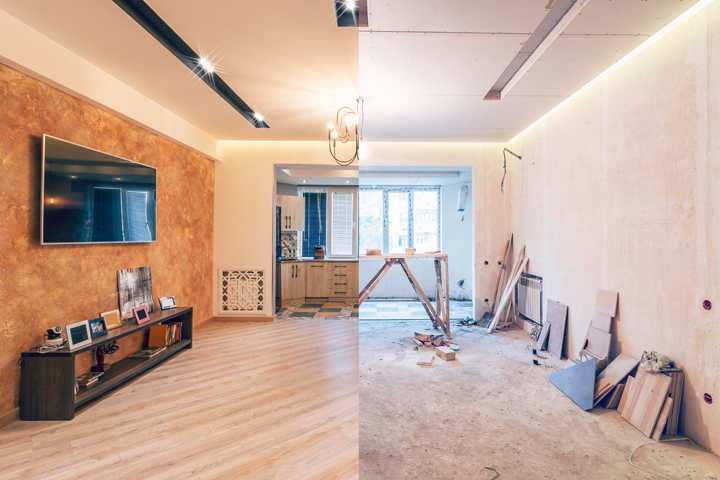
Mixed Reality (The mix between virtual and real worlds) MR
Mixed Reality (MR) is the combination of real and virtual space to produce new environments and visualizations where physical and digital objects are served up for interaction in real time. Mixed reality is perfect for environments where people need to learn, communicate, and collaborate.
Example: Architectural design-build walk through
Mixed Reality (MR) is immersive and in businesses or in homes people want to understand and choose based on their personal preferences. On site interaction where they can see color selection, how designs fit in the space or even the landscape are all possible with mixed reality
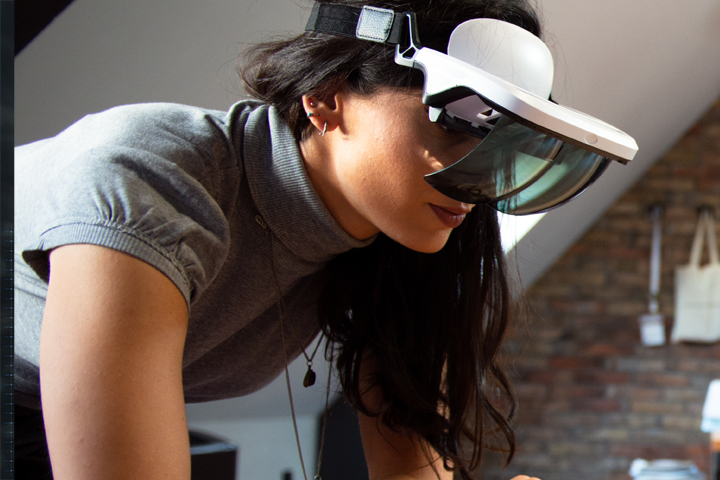
Augmented Reality (Where reality becomes the real world) AR
Augmented Reality (AR) is on the other end of the spectrum from Virtual Reality serving up real images and data with the emphasis of providing content that helps the user as they remain focused on the visual world. Just as powerful as the other realities for use where the content should not distract the viewers viewing but enhance the experience by providing content within the field of view.
Example: Lifestyle use
With augmented reality a user can upload to Instagram or Facebook a photograph or video, to share with their peers or loved ones. Capturing the real world in real time.
The Powerful World of Reality Technologies
eVision Optics patents cover this vast and growing market and the possibilities are amazing. If you travelled back to the 60’s and experienced the latest cell phone technology offered today, that would be as remarkable as the advancements taking place in the world of Extended Reality offerings today.
If you are interested in licensing the foundational patents in the vast world of reality products utilizing vision, please contact eVision Optics with the form field provided.
